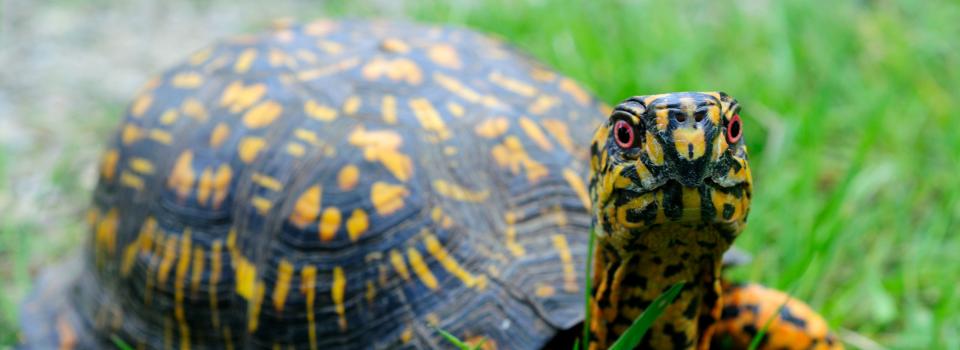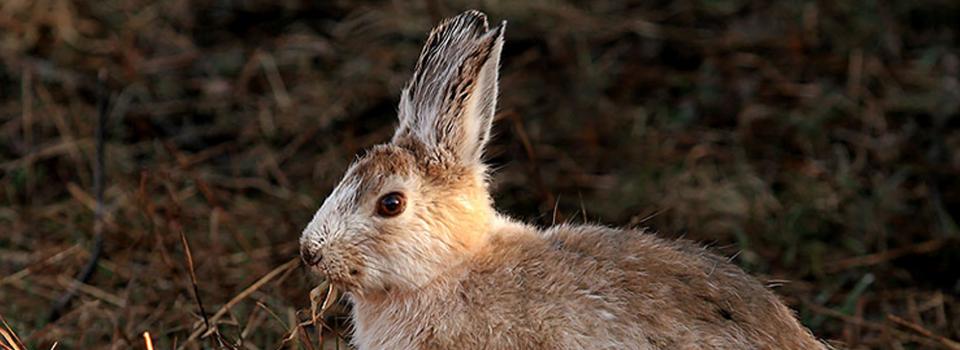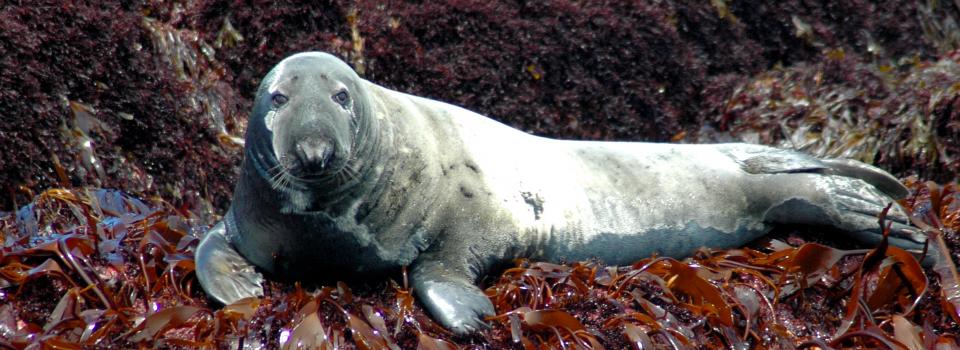
Hermit Thrush
Photo by: Robert Royse

Box Turtle
Photo by: Jonathan Mays

Snowshoe Hare
Photo by: Mike Hodgson

Timber Rattlesnake
Photo by: Kelly Wiley

Gray Seal
Photo by: Jonathan Mays








This project outlined the costs and benefits that biomass energy systems pose for Species of Greatest Conservation Need (SGCN) in the Northeast Region. Wildlife biologists can use this information to recognize opportunities certain biomass energy applications present for managing SGCN and provide an impetus to work with biomass developers for mutual benefit. For example, some biomass energy systems have the potential to provide components of habitat favorable to early successional SGCN. In nearly all 13 states, early successional species are included in the list of SGCN but the tools available to wildlife managers for creating and maintaining these habitats are dwindling. Biomass energy systems provide a clear opportunity for early successional species habitat management.
Public demand for green energy alternatives is increasing and the amount of land needed to supply these facilities is substantial. There are many types of biomass systems either in place, or proposed, for the region. We investigated only those systems that utilize native species and assigned each of the SGCN to a general habitat class based on life history information. With this information we assigned a potential interaction response of positive, negative, no effect, or not applicable to each combination of biomass system and SGCN. We summarized the net potential impacts of specific biomass system implementation on SGCN in the Northeast.
Overall, the results of this project show that biomass energy development will impact SGCN at the state and regional levels. We found that, in general, biomass systems that utilize wood from existing mature forests will result in a net negative impact to SGCN as these forests are converted to a younger state. Biomass systems implemented on existing agricultural land would result in a larger potential net positive for SGCN regardless of which biomass system was implemented. Some of the biomass systems presently under discussion result in structural or floristic components similar to those needed by species whose natural habitats are increasingly rare on the landscape. This is particularly true for “early successional species” that utilize habitats maintained through frequent disturbance. Ultimately, the interest in biomass energy development may supply the only real landscape level alternative for addressing the shortage of shrub and grassland habitat for the region. We recommend that wildlife resource management agencies become active participants in the planning and implementation phases of biomass energy project development to mitigate potential negatives and maximize potential benefits.
This project was completed during the 2010 3rd Quarter. The final report is provided below.
Name: Scott D. Klopfer, CWB
Title: Executive Director
Organization: Conservation Management Institute at Virginia Tech, College of Natural Resources and Environment
Email: sklopfer@vt.edu
Address: 1900 Kraft Drive, Suite 250, Blacksburg, VA 24061
Phone: 540-231-8825

© 2020 A Wildlife Management Institute Project